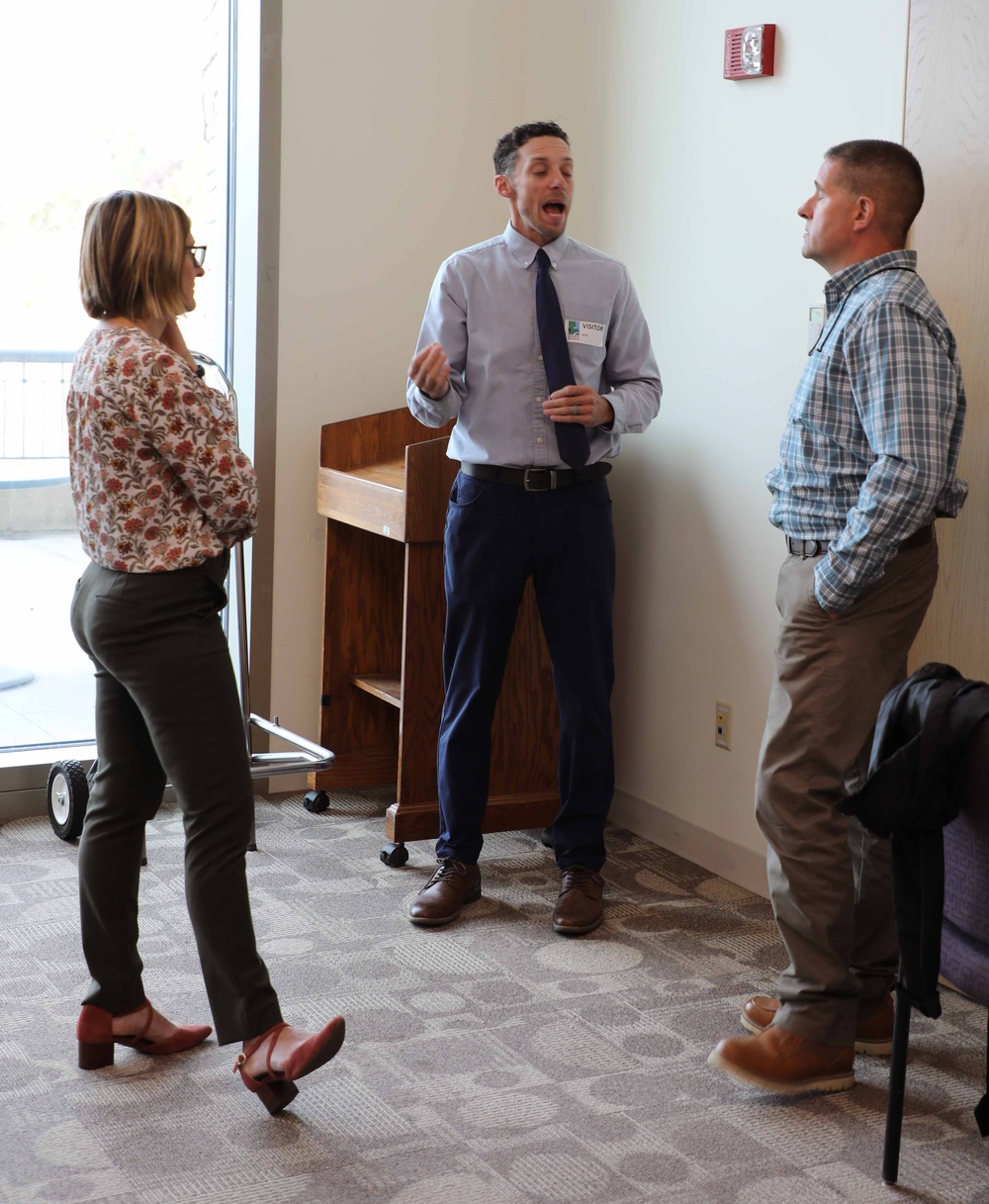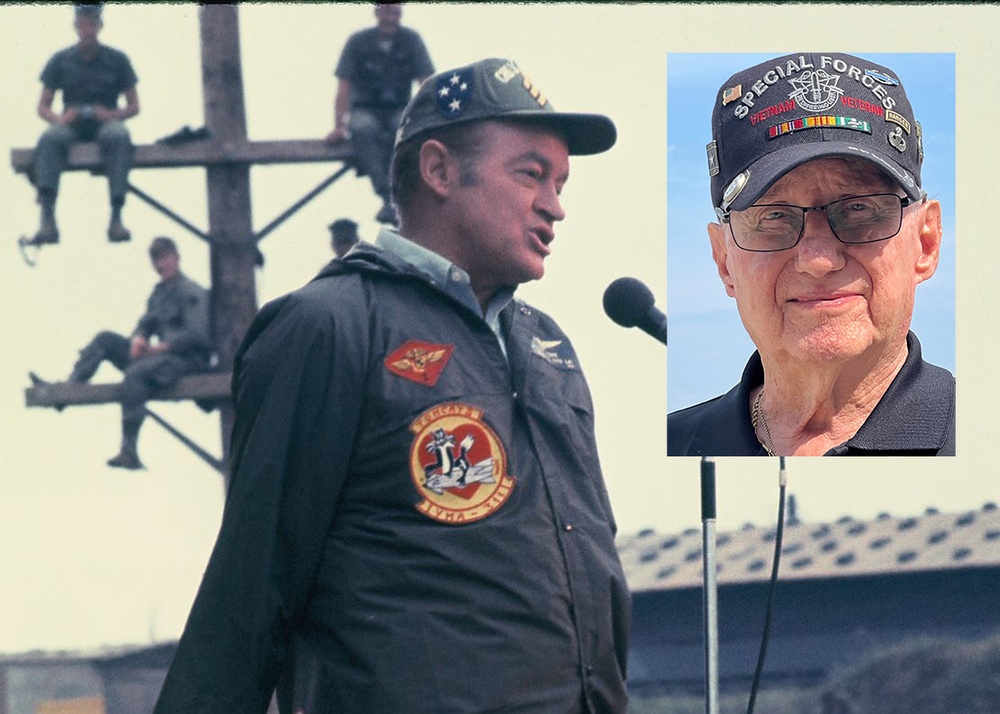DVIDS – News – Working Through Waves
PHILIPPINE SEA – The U.S. Navy is comprised of countless working components, the most crucial among them being its personnel. Each Sailor works diligently to fulfill their duties in support of the mission. For the Arleigh Burke-class guided-missile destroyer USS Halsey (DDG 97), their mission is reinforcing the United States’ efforts to ensure a free and open Indo-Pacific as a member of Carrier Strike Group (CSG) Nine.
Chief Master-at-Arms Joseph Fulladosa, from Orlando, Fla., the top enlisted security personnel aboard Halsey, works to maintain good order and discipline; to motivate Sailors during the ship’s routine operations at sea.
“I believe it comes down to engaging with Sailors,” said Fulladosa. “Saying hello in the morning, asking how they are, helping them get assistance for what they need… letting them know that they are not here by themselves.”
During routine operations, Sailors become accustomed to rough seas, longer working hours and training for emergency scenarios. These conditions may lead some to feeling isolated or unable to formulate a proper routine.
“Proficiency through stress is a big thing for these Sailors,” said Fulladosa. “These times out at sea allow them to get into a battle rhythm. From waking up, brushing your teeth, going to your watch, and even personal time to work out or chill on the mess decks goes a long way.”
Periods of rest and opportunities for personal time are crucial for all U.S. service members in order to maintain maximum readiness. While operating at sea, the operational tempo can be much higher. This increased work load can lead to lack of rest and sleep which are contributing factors to rushed jobs and decreased focus.
“You’ll see some Sailors break from the rhythm,” said Fulladosa. “Procedural compliance issues and the consequences of that can really act as a boulder in the stream. But I’ve seen Sailors lift that boulder and move out of that rut and return to that rhythm.”
Fulladosa went on to remind people that it’s okay to ask for help.
“A simple ‘I don’t know what I’m doing, can you help me?’ can go a long way,” said Fulladosa. “The ship is full of Sailors who know exactly what they’re dealing with.”
Once a healthy rhythm is set, a balance can be reached. Many Sailors look to mentors in order to guide them through issues, work related, spiritual, or personal. Aboard Halsey, all Sailors are required to seek out a mentor of higher rank through their mentorship program.
Fulladosa describes the synergy between a stressful day and a good stress outlet to be cathartic.
“I see Sailors get excited,” said Fulladosa. “They begin to function in their workshops, doing their job in full swing. It’s what they trained for and to finally have it pay off, even in an exercise, is liberating.”
Fulladosa left off with a question he often poses to both his most junior and most senior Sailors who struggle to find motivation.
“Why do you wear the uniform? Why are you serving?” he asked. “I serve because it is my passion. It allows me to love what I do. None of us got here by ourselves, and we’re all working as a team to make it even further.”
Halsey, part of CSG-9, is conducting routine operations in the U.S. 7th Fleet area of operations. An integral part of U.S. Pacific Fleet, U.S. 7th Fleet operates naval forces in the Indo-Pacific and provides the realistic, relevant training necessary to execute the U.S. Navy’s role across the full spectrum of military operations – from combat operations to humanitarian assistance and disaster relief. U.S. 7th Fleet works together with our allies and partners to advance freedom of navigation, the rule of law, and other principles that underpin security for the Indo-Pacific region.

 Private Internet Access gives you unparalleled access to thousands
of next-gen servers in over 83 countries and each US state. Your
VPN experience will always be fast, smooth, and reliable.
Private Internet Access gives you unparalleled access to thousands
of next-gen servers in over 83 countries and each US state. Your
VPN experience will always be fast, smooth, and reliable.

